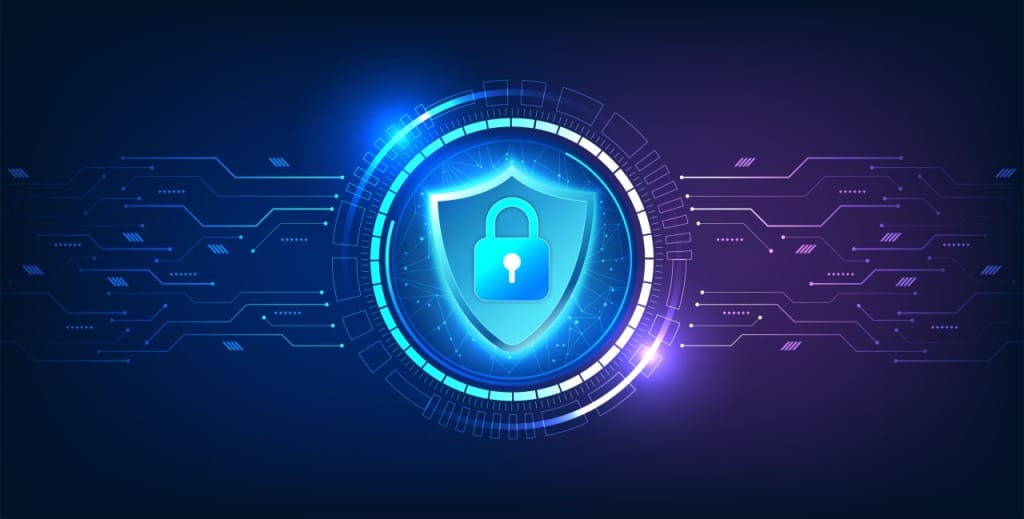Advanced IoT Cybersecurity Tactics to Safeguard Connected Devices
As the IoT continues to expand, the importance of robust cybersecurity measures cannot be overstated. By implementing advanced tactics such as strong authentication, encryption, network segmentation, and AI-powered monitoring, businesses can significantly reduce their risk exposure.
Advanced IoT Cybersecurity Tactics to Safeguard Connected Devices Read More »



